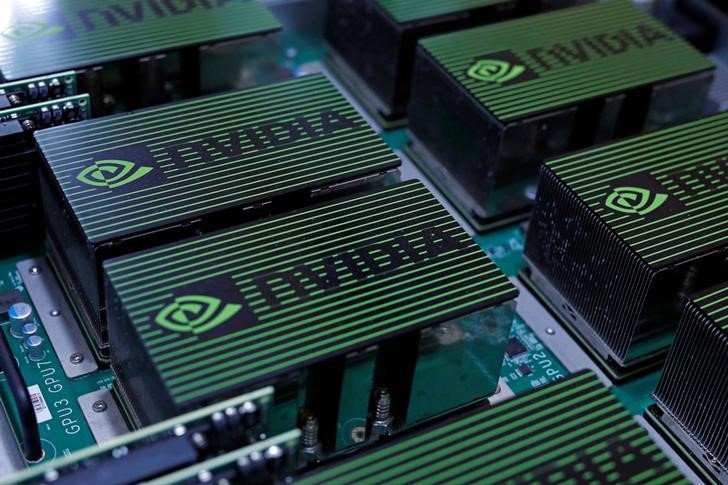By Savyata Mishra
(Reuters) -Target forecast holiday-quarter comparable sales and profit below estimates on Wednesday as value-conscious consumers shopped for low-priced essentials at rival retailers including Walmart (NYSE:), sending its shares tumbling nearly 20%.
The results are in contrast to the world’s no. 1 retailer Walmart, which raised its annual sales and profit forecast for the third consecutive time a day earlier, as it took marketshare in groceries and merchandise.
Minneapolis-based Target (NYSE:) now expects flat comparable sales in the fourth quarter and a profit of $1.85 to $2.45 per share. Analysts on average had expected a 1.64% rise in sales and profit of $2.66 per share.
The U.S. retailer has cut prices on thousands of essential and gift items ahead of the holiday season. It is also offering discounts on food, beverages and toys, while expanding its private-label brand, dealworthy, to include items such as smartphone chargers and toiletries.
Still, those efforts have so far failed to attract shoppers to its stores as customers were willing to wait for deals and hunted multiple retailers to find them.
“We’re seeing a strong response to promotions than we’ve seen in some time yet,” Target CEO Brian Cornell said on a post-earnings call.
For instance, Target saw a “more pronounced sales dip” both the week before and a week after its Circle Week event between Oct.6 and Oct. 12 as consumers remained intensely promotion focused.
Apparel sales were soft as warmer-than-usual weather across the U.S. deterred spending on winter clothing, although spending on essentials and beauty was strong during the quarter.
“Things have taken a turn (for Target) in Q3. And it seems that the softness is going to linger into the holiday season as well,” CFRA analyst Arun Sundaram said.
Lingering weakness in higher-margin categories such as home decor, electronics has hurt Target this year, as shoppers watch their budgets in the face of still-high inflation.
“Consumers tell us their budgets remain stretched and they’re shopping carefully … they are becoming increasingly resourceful in their shopping behaviors,” CEO Cornell said.
Rival Walmart on Tuesday said it saw share gains across income cohorts mainly led by households which make more than $100,000 a year.
“With Walmart’s marketshare gains coming largely from higher income consumers, Target seems to be the one most at risk of losing additional share,” said Citi analyst Paul Lejuez.
With five fewer holiday shopping days between Thanksgiving and Christmas in what is expected to be a so-so holiday season, retailers such as Target face competition as promotions at Walmart and Amazon.com (NASDAQ:) kicked off earlier than usual.
Meanwhile, the company’s efforts to pull forward holiday inventory in preparation for the U.S. ports strike in the East and Gulf Coast led to additional costs in its supply chain, Target’s executives said.
Target said it “acted quickly and decisively to reroute select shipments … that came with additional cost” which hurt its profit in the reported quarter.
“My biggest worry for Target has been marketshare losses versus some of the more cash-rich companies like Walmart and Amazon, who have a competitive edge,” said Dave Wagner, portfolio manager at Aptus Capital Advisors that holds Target’s shares.
Target also trimmed its annual forecast for per-share earnings to between $8.30 and $8.90 from its prior range of $9 to $9.70 after weaker-than-expected third-quarter results.
The company, which operates nearly 2,000 U.S. stores, reported third-quarter adjusted earnings of $1.85 per share. Analysts on average were expecting $2.30 per share.
Overall, shopper visits rose 2.4% in the three months ended Nov. 2, lower than 3% traffic growth in the prior quarter. Store-originated comparable sales dropped 1.9%, partly offset by a 10.8% jump in digital sales.
It posted a comparable sales increase of 0.3%, well below analysts’ average estimate of 1.4%, according to data compiled by LSEG.
Target’s shares were trading at $123.80, on pace for their biggest intraday percentage fall since May 2022.










